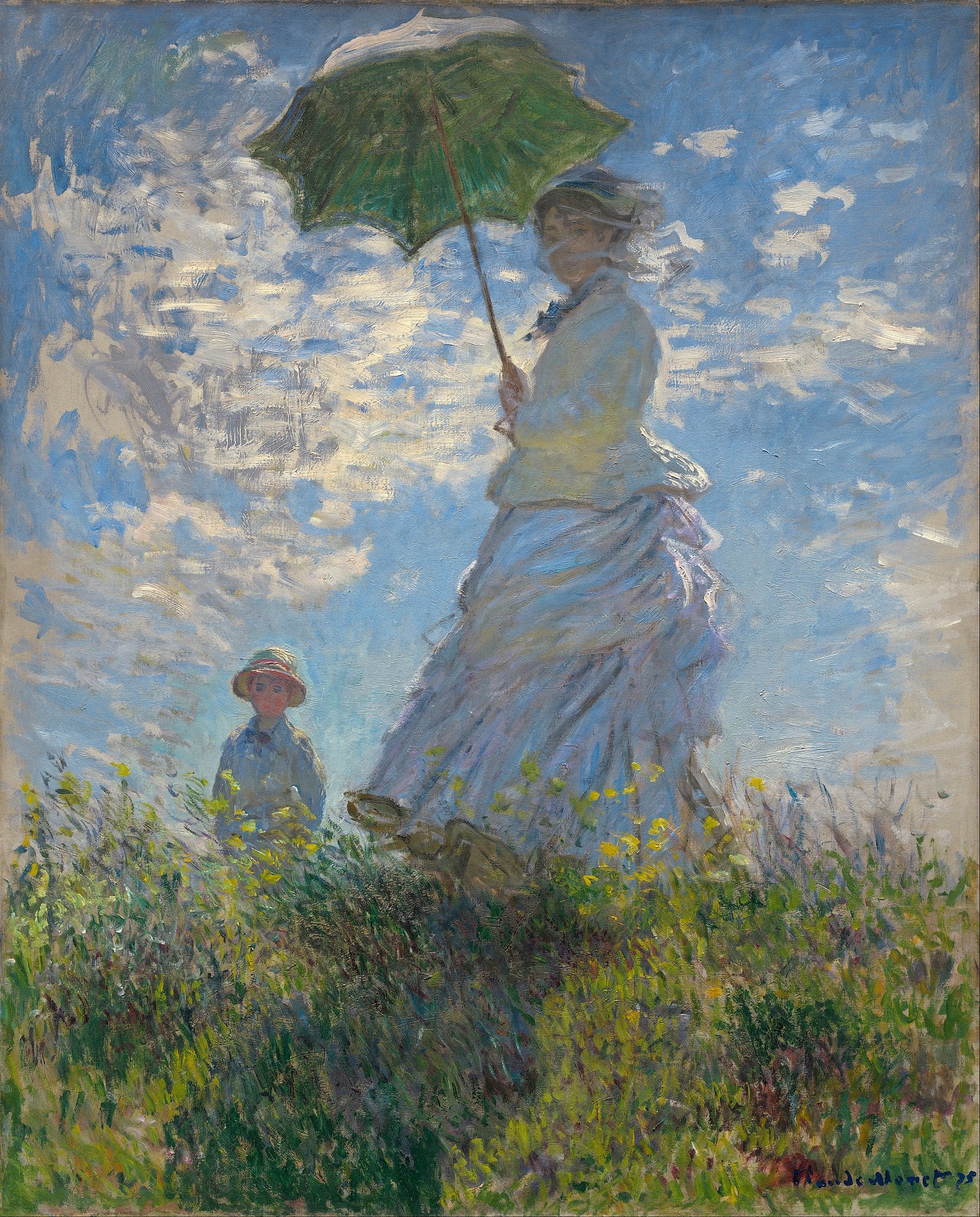
Claude Monet, French painter who lived between 1840 and 1926, was one of the founders of Impressionism and promoter of the innovative practice of painting outside the studio,outdoorsin all climates. For such a famous artist, there's a lot we still don't know. Claude Monet destroyed at least 500 of his own paintings and after the death of his first wife, his second wife asked him to destroy her letters and photographs. In 1908, an exhibition of paintings of water lilies had to be postponed after Monet withdrew 15 of them. While there is still a lot to discover, there is also a lot of information already gathered. Find out here seven fascinating facts about the French painter who lived during the war, suffered from partial blindness, but always found solace in his peaceful garden and in painting.
1. His artistic talent was revealed at an early age
Still very young, Claude Monet began to draw his teachers and neighbors, having the habit of selling caricatures of local figures. The artist learned about oil painting and outdoors, characteristics that later became one of the symbols of his career. Claude Monet's mother always encouraged his artistic talent, however his father, a grocer, wanted him to focus on the family business. After his mother's death in 1857, Claude Monet left home to live with his aunt and, against his father's wishes, to study art.

2. Claude Monet served as a soldier in Algeria
In 1861, Claude Monet was drafted into the army and forced to join the First Regiment of the African Light Cavalry, as the territory of Algeria at the time was controlled by France. Claude Monet's father claimed that he would remove his son from the war if he promised to give up painting, but Monet refused to abandon art. After serving a year of his seven-year military commitment, Monet fell ill with typhoid fever. His aunt paid to free the army and enrolled him in the art school in Paris.

3. I found it frustrating to have to copy the paintings of the old masters
At age 20, Claude Monet was frustrated with the Académie, France's art school, where he had to copy the paintings of the old masters. The young painter disliked copying art hanging in the Louvre and scenes from ancient Greek and Roman myths, and although he tried to feature his paintings in Académie art exhibitions, they were almost always rejected. Depressed and struggling to support himself and his family financially, Monet eventually jumped off a bridge in 1868. He survived the fall and began spending more time with other artists who were also frustrated by the Académie's restrictions.

4.It was a painting by Monet that gave the impressionism movement its name
Monet created a community, which included Renoir, Camille Pissarro, Edgar Degas and Paul Cézanne, artists frustrated with the Académie, which called itself the Cooperative and Anonymous Association of Painters, Sculptors and Engravers. In 1874, the group organized an exhibition that included innovative works of art, with bright, bold colors and loose, seemingly spontaneous brushwork. Monet's 1874 seascape Impression, Sunrise was displayed in this first exhibition of the Cooperative and Anonymous Association of Painters, Sculptors and Engravers. The critic Louis Leroy classified all unfinished-looking paintings as "impressionisms", and the name stuck.

5. He was a war refugee
In 1870, when the devastating Franco-Prussian War broke out, Monet and his family escaped Paris to live in London. It was a wise move, as several artists who remained lost their lives in the war and the fall of the revolutionary Paris Commune. Over the years, he returned to London, staying at the Savoy Hotel. From this point of view over the Thames, he painted some of his most striking abstract works, such as this view of Waterloo Bridge. Today, his favorite rooms, 610 and 611, are named The Monet Suite in his honor.

6. Lost sight
Beginning in 1914, Monet was severely affected by cataracts which clouded his vision and made it appear yellow. This was a disaster for the painter, but for many years he feared surgery more than partial blindness. Eventually, in 1923, he had two operations to remove the cataracts.
7. Claude Monet was a gardener
By 1890, Monet had sold enough art to be able to buy the house he rented in Giverny, as well as the surrounding buildings and the land for his gardens. Indeed, gardens became the focus of his painting and life in his later years. His famous paintings of water lilies in the Musée de l'Orangerie in Paris were donated to the nation to commemorate the end of the First World War. Claude Monet described his vision of the exhibition space as "the illusion of an endless whole, of a wave without horizon and shore".

